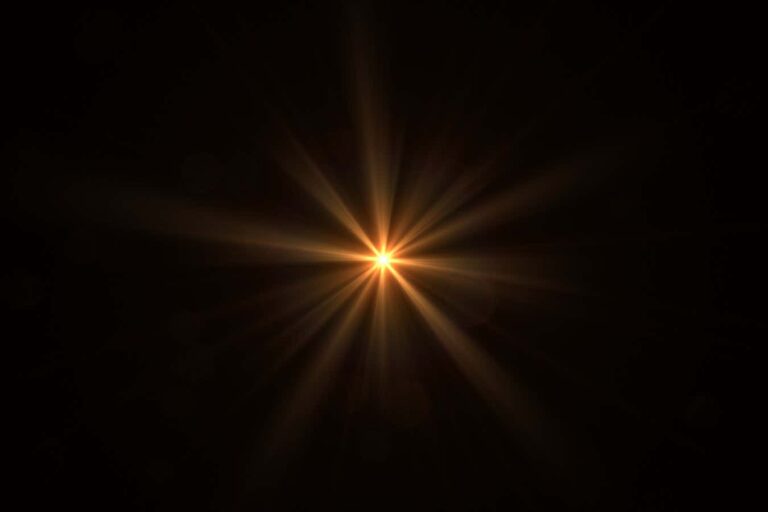Akinbostansi/Getty Images
No turning point in the history of the universe surpasses the birth of the first stars. As stars flickered into existence some 200 to 400 million years after the Big Bang, the energy they emitted ripped apart the atoms of the gas that had cooled the universe, reheating it in a process called reionization. Then, as the stars burned out and died, they created a cocktail of chemical elements that prepared the universe to give rise to galaxies, planets, and eventually life itself.
It’s no wonder astronomers are itching to get a glimpse of this first generation of stars. To start with, they were spectacular: huge and blisteringly bright, thought to be 300 times more massive and 10 times hotter than the Sun. But observing them could also tell us a lot about the mysterious early stages of the Universe, particularly how the universe came to be flooded with supermassive black holes in an incredibly short space of time.
Now we may finally be on the brink. Earlier this year, astronomers reported that the James Webb Space Telescope (JWST), by fixing its excellent field of view on the outer edges of very distant galaxies, may already have seen evidence of the first stars. “The observations we can now make really expand our knowledge,” says Hannah Ubler of the University of Cambridge.
The signal may turn out to be a false alarm, but what’s interesting right now is that other researchers are starting to look at different features of the light from the early universe, even suggesting that it might be the first stars.



